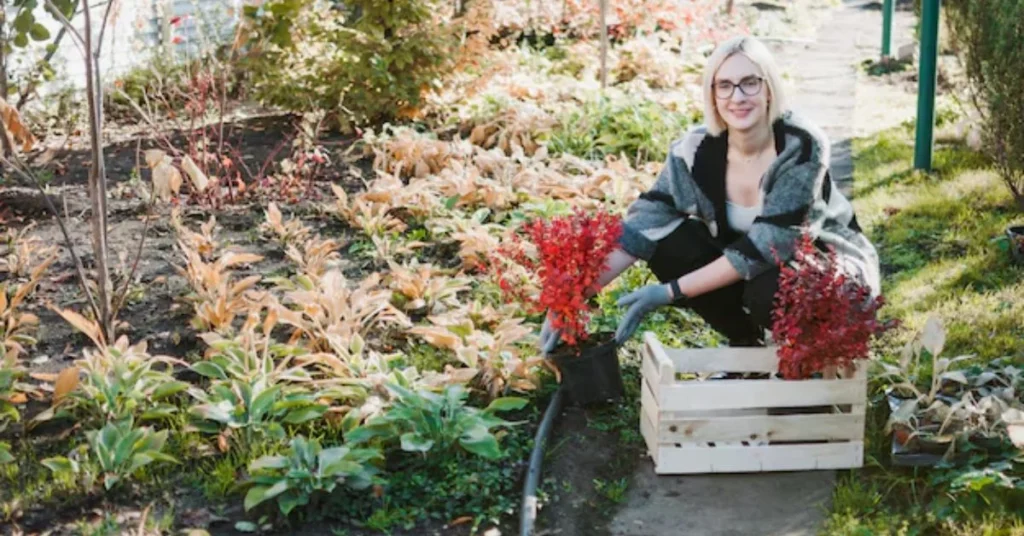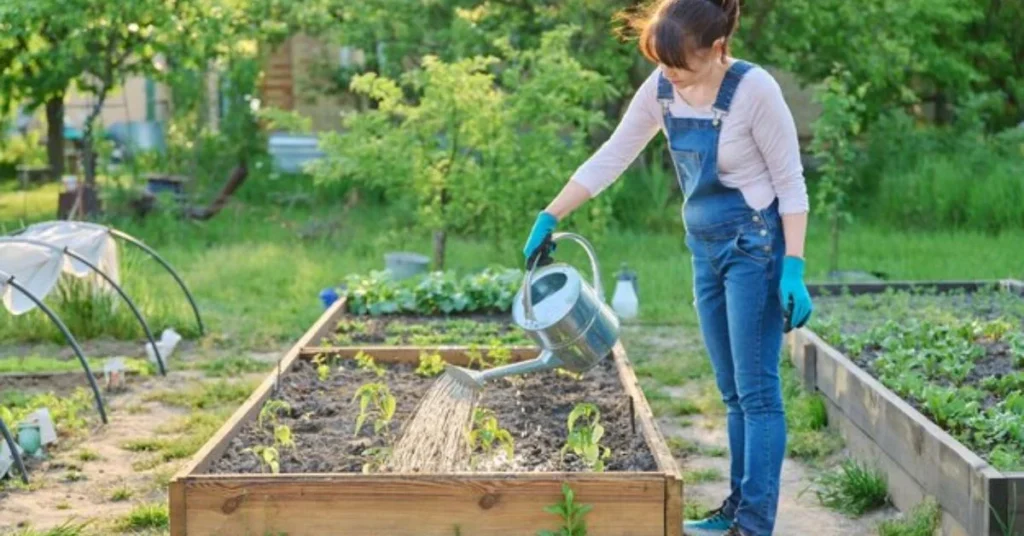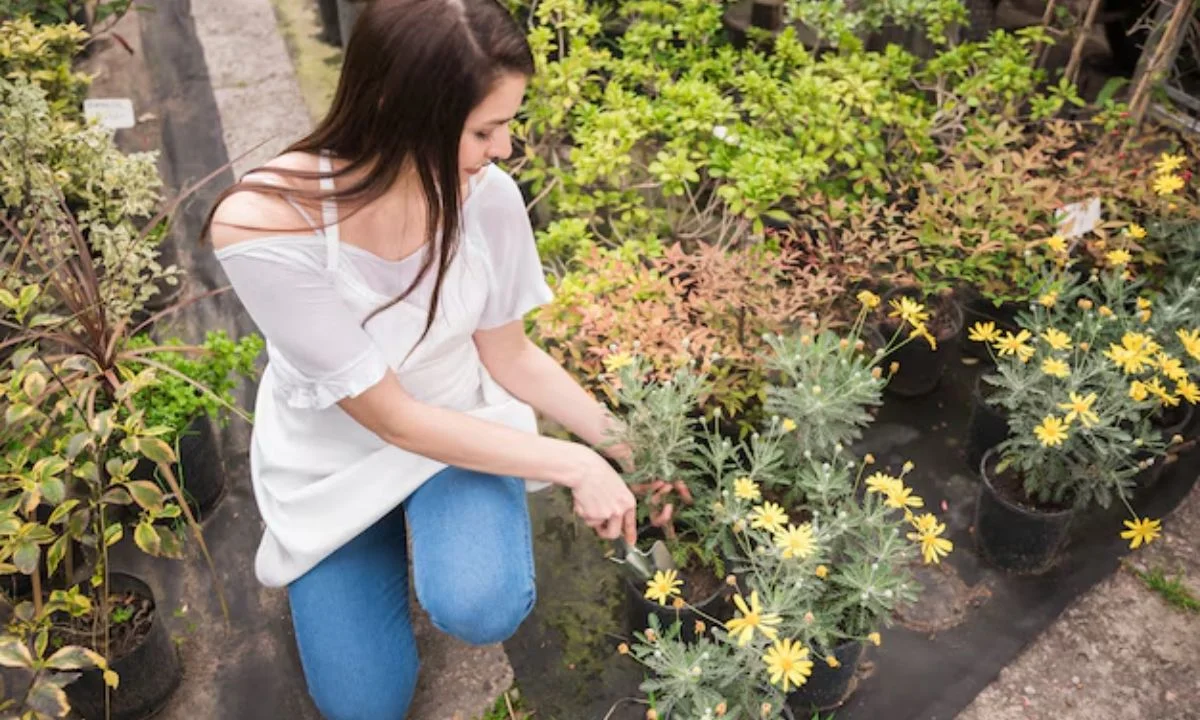If you’ve recently set up a raised garden bed, you’re probably excited to start growing your favorite vegetables, herbs, or flowers. But before you begin planting, it’s important to understand how to fill a raised garden bed properly. By following the right steps, you’ll provide your plants with the nutrients and environment they need to thrive. In this guide, we’ll take you through the process of filling your garden bed, ensuring long-lasting growth and healthy plants.
What is a Raised Garden Bed?
A raised garden bed is essentially a contained structure that sits above ground. It’s usually made of wood, metal, or concrete and is filled with soil and other organic materials. Raised beds are popular because they allow for better control over the soil quality, improved drainage, and easier access for gardeners.
Why Filling a Raised Garden Bed Correctly is Important
Filling your raised garden bed the right way ensures that your plants have access to the essential nutrients they need for strong roots and healthy growth. If you don’t use the right materials, your plants might struggle, leading to poor growth or even dying off. Moreover, a well-filled bed improves water retention, helps with drainage, and keeps weeds at bay. Therefore, taking the time to fill your raised bed correctly can save you time and energy in the long run.
What to Use to Fill a Raised Garden Bed?
How to Fill a Raised Garden Bed? Knowing what to use to fill a raised garden bed is key to creating a fertile and thriving environment for your plants. You’ll want to use a combination of the following:
- Organic Materials: These include grass clippings, leaves, straw, or wood chips. They provide nutrients and help maintain moisture.
- Compost: Compost enriches the soil, providing vital nutrients that promote plant growth. Use homemade compost or buy it from a garden store.
- Topsoil: This is the uppermost layer of soil and contains essential nutrients for plants. Topsoil provides structure and helps roots grow deeply.
- Soil Amendments: These include peat moss or vermiculite, which help improve soil aeration and moisture retention.
Must read How Long Is Too Far for a Food Order: Everything You Need to Know

Step-by-Step Guide on How to Fill a Raised Garden Bed
Start with a Layer of Organic Materials
The bottom layer of your raised garden bed should be filled with bulky organic materials. These could be logs, twigs, leaves, or straw. This layer acts as a base and helps with drainage. Over time, it will break down, adding nutrients to the soil.
Add a Layer of Compost
Next, add a layer of compost. Compost is essential because it provides a rich source of nutrients for your plants. You can use store-bought compost or make your own from food scraps, yard waste, and other organic materials. Aim for a layer that’s about 4-6 inches thick.
Add Topsoil for Structure
The next layer should be high-quality topsoil. Topsoil helps anchor your plants’ roots and provides the essential minerals and nutrients needed for healthy growth. A good rule of thumb is to add 6-8 inches of topsoil to your raised garden bed.
Incorporate Soil Amendments
To improve the structure and moisture retention of the soil, consider mixing in soil amendments such as peat moss, vermiculite, or perlite. These materials will help keep your soil light and airy, which is important for root growth.
Water the Layers
Before planting, water the soil layers well. Moisture is key for helping the organic materials decompose and for your plants to absorb nutrients effectively. However, avoid waterlogging the soil; it should be moist but not soaking wet.

Best Practices for How to Fill a Raised Garden Bed
Consider the Depth of Your Raised Bed
The depth of your raised garden bed will determine how much soil and organic material you’ll need. Most raised beds are about 12-24 inches deep. If you plan on growing root vegetables like carrots or potatoes, make sure your bed is deep enough to accommodate their growth.
Mix the Layers Gently
Once all your layers are in place, you can gently mix the top layers of soil, compost, and amendments. However, avoid mixing the bottom layer of organic materials, as this should stay intact to break down naturally over time.
Replenish Your Bed Each Year
Each growing season, it’s important to replenish your raised garden bed. Over time, the organic materials at the bottom will break down, and the soil may become compacted. By adding fresh compost and topsoil, you’ll keep your bed healthy and ready for new plants.
Common Mistakes to Avoid To How to Fill a Raised Garden Bed
Using Only Soil
One of the most common mistakes is filling the entire raised bed with just topsoil. While topsoil is essential, it doesn’t provide all the nutrients your plants need. By combining soil with compost and organic materials, you’ll create a better growing environment.
Not Watering the Bed Properly
Watering is crucial for the success of your raised bed. However, too much water can lead to root rot, while too little will dry out the soil. Make sure to water deeply but allow the soil to drain properly.
Ignoring Drainage
If you don’t have proper drainage in your raised bed, the soil can become waterlogged, leading to root rot and plant failure. Adding bulky organic materials at the bottom and mixing in amendments like perlite can help with drainage.
Conclusion
How to Fill a Raised Garden Bed? Filling a raised garden bed properly is the key to growing healthy, thriving plants. By using a combination of organic materials, compost, topsoil, and soil amendments, you’ll create the ideal environment for plant growth. Remember to water the layers well and make sure the bed has proper drainage. With these steps, you’ll enjoy a productive and successful garden season!For more detailed gardening tips, check out this site.
What kind of soil should I use for a raised garden bed?
You should use a mix of topsoil, compost, and soil amendments. The combination of these will ensure your plants get the nutrients they need and have proper drainage.
Can I use old wood in the bottom of a raised garden bed?
Yes, you can use old wood, logs, or branches as part of the bottom layer. This helps with drainage and will eventually break down to provide nutrients.
How deep should a raised garden bed be?
Most raised beds should be 12-24 inches deep, depending on the types of plants you intend to grow. Root vegetables may require deeper beds.
How often should I refill my raised garden bed?
It’s a good idea to add fresh compost and topsoil to your raised bed each growing season. This helps replenish nutrients and prevents the soil from becoming compacted.
Can I plant directly after filling the raised bed?
Yes, after watering the soil layers thoroughly, you can begin planting immediately. The soil should be moist but not waterlogged.
